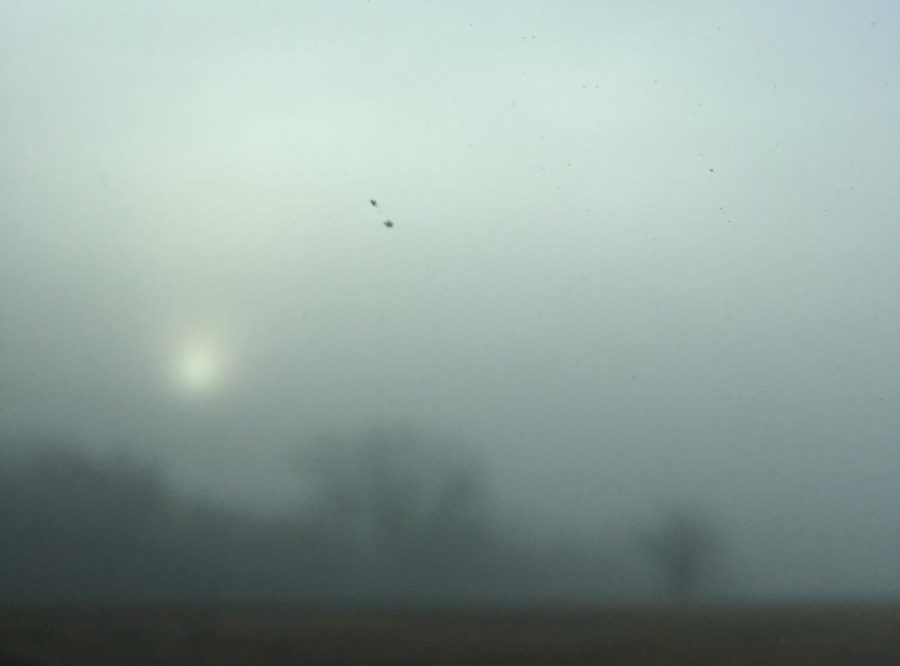Fog (Weather Weekly)
©The Talon News | Kristjan Feltes
Fog In North Texas (Kristjan Feltes/ The Talon News)
March 7, 2019
We all have driven through fog, but how does fog form and what does it do? Here is a brief overview of the different types of fog: freezing fog, fog over water, mountain and valley fog, super fog, advection fog, and radiation fog.
For the most basic type of fog, it forms when there’s a lot of water vapor in the air. Humidity must be high for this fog and there must be very warm temperatures. We see fog because visible water vapor is hanging in the air.
Freezing fog is similar to fog, but instead, the water vapor is frozen. This type of fog is dangerous as the tiny supercooled water droplets will basically instantly freeze on anything it touches. Travel in freezing fog is NOT recommended.
For fog over water to occur, warm, moist air must flow over cold water. This type of fog would also be considered advection fog, as it can move onto land. This fog is common along the U.S. Pacific Coast due to the fact that the water is warmer than it is on the East Coast.
All types of fog pose a hazard. The National Weather Service issues Dense Fog Advisories when visibility is less than a mile. Fog also is a problem in travel and causes multiple accidents every year and it has a big impact on aviation as it causes delays due to visibility restrictions. It is good to know that fog can impact everyday lives, so stay weather aware and listen to your local weather experts!






